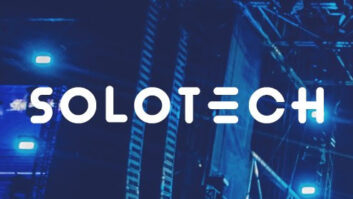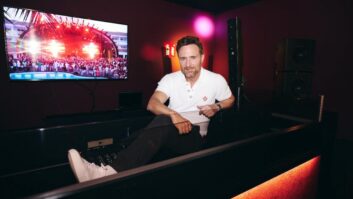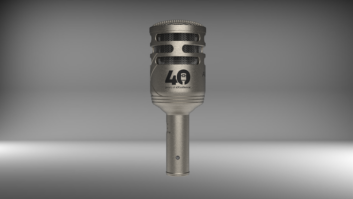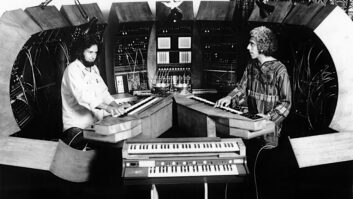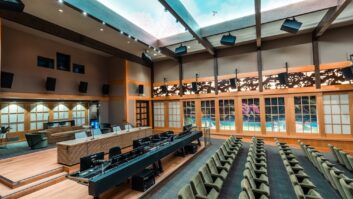Apple’s iPhone is one of the most successful products ever, but is it better than other smartphones? Not really. In fact, several alternatives offer better cameras or more memory, or are more affordable. So what sets it apart? In the beginning, it was the apps. Yes, with a selection of more than 200,000 apps to choose from, Apple created a winning formula that put it first in the game.
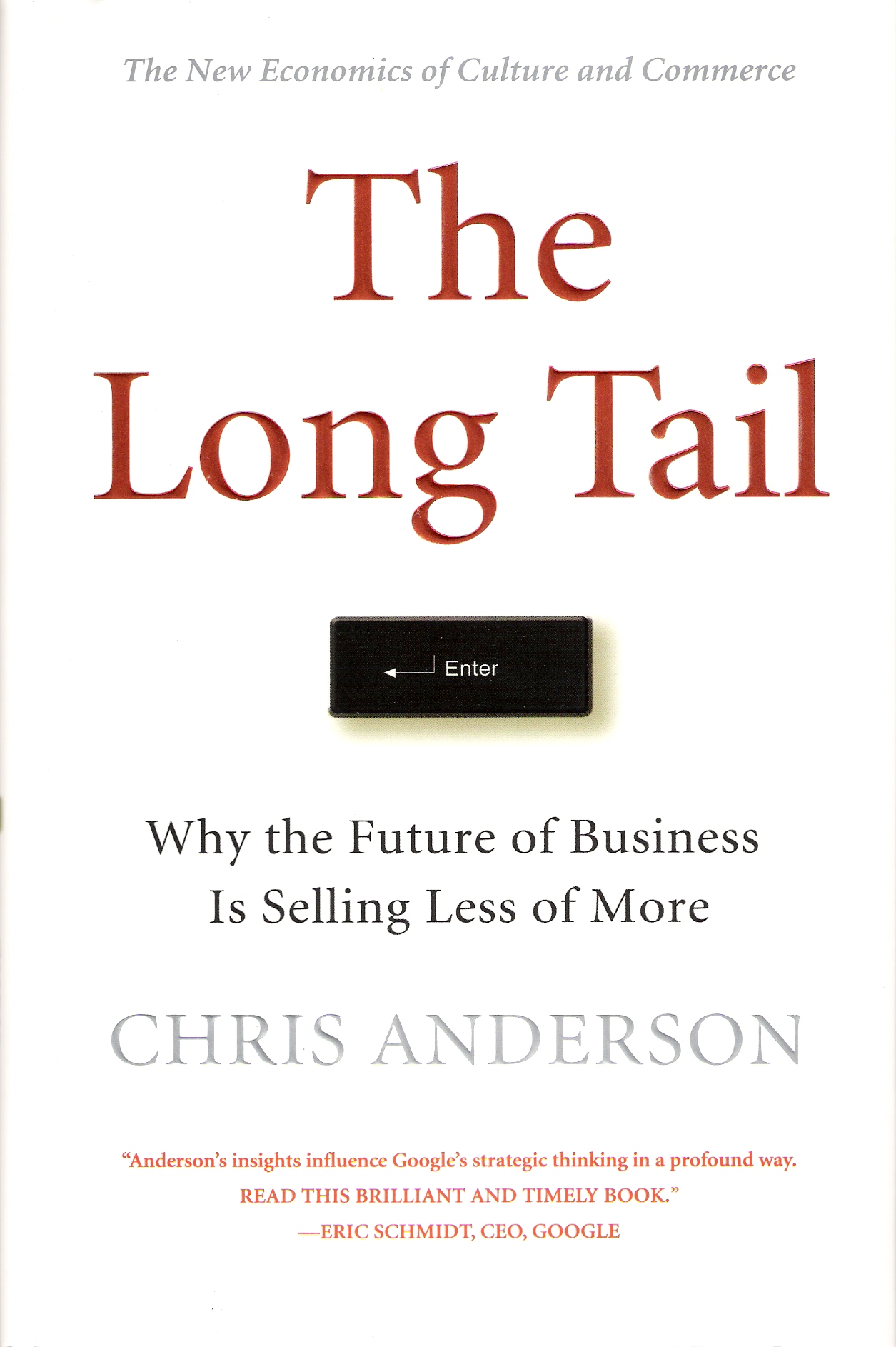
Years ago, while visiting Chris Tso at Musician’s Friend (he’s now with Full Compass), I learned that MF plays the “long tail.” I had no idea what that was, but Chris suggested that I find the book and read it. Chris Anderson’s The Long Tail looks at product selection and velocity, whereby products that typically have high velocity—as in sales volumes such as the iPhone—tend to have very low margins, while slow-moving items tend to be much more profitable. (In other words, according to the book’s subtitle, “the future of business is selling less of more.”) By offering a diverse array of products or services, you can, in essence, retain your customer.
This is what Apple did with the iPhone and what Amazon, Google and others do every day: offer a huge selection that makes it easy for the consumer to buy from a single source. Customers buy into the ecosystem and then find it’s easier to stay there than leave.
Retail giants such as Costco do this without actually touching the product; they simply list it on their website. The consumer trusts Costco’s high-quality reputation and advantageous return policies, and orders with wild abandon. The manufacturer sends the product to an authorized warehouse, the product is shipped, and Costco makes 30 percent by simply managing the purchase order. If a problem occurs with the product, the manufacturer is left to clean up the mess. Amazing. And how about the membership fee that Costco charges? They get consumers to pay for the inventory before we even own it! Absolutely brilliant!
Companies like Audio-Technica, Shure and Sennheiser do the same. In the beginning, there was only one kind of microphone. It was used to record concerts, as a broadcast mic, on a podium or stage, and for radio interviews. Over the years various “specialty” microphones were developed to meet specific needs; omnidirectional lavaliers, supercardioid shotguns, ultra-rugged dynamics and cellphone mics are just a smattering of the variations now available.
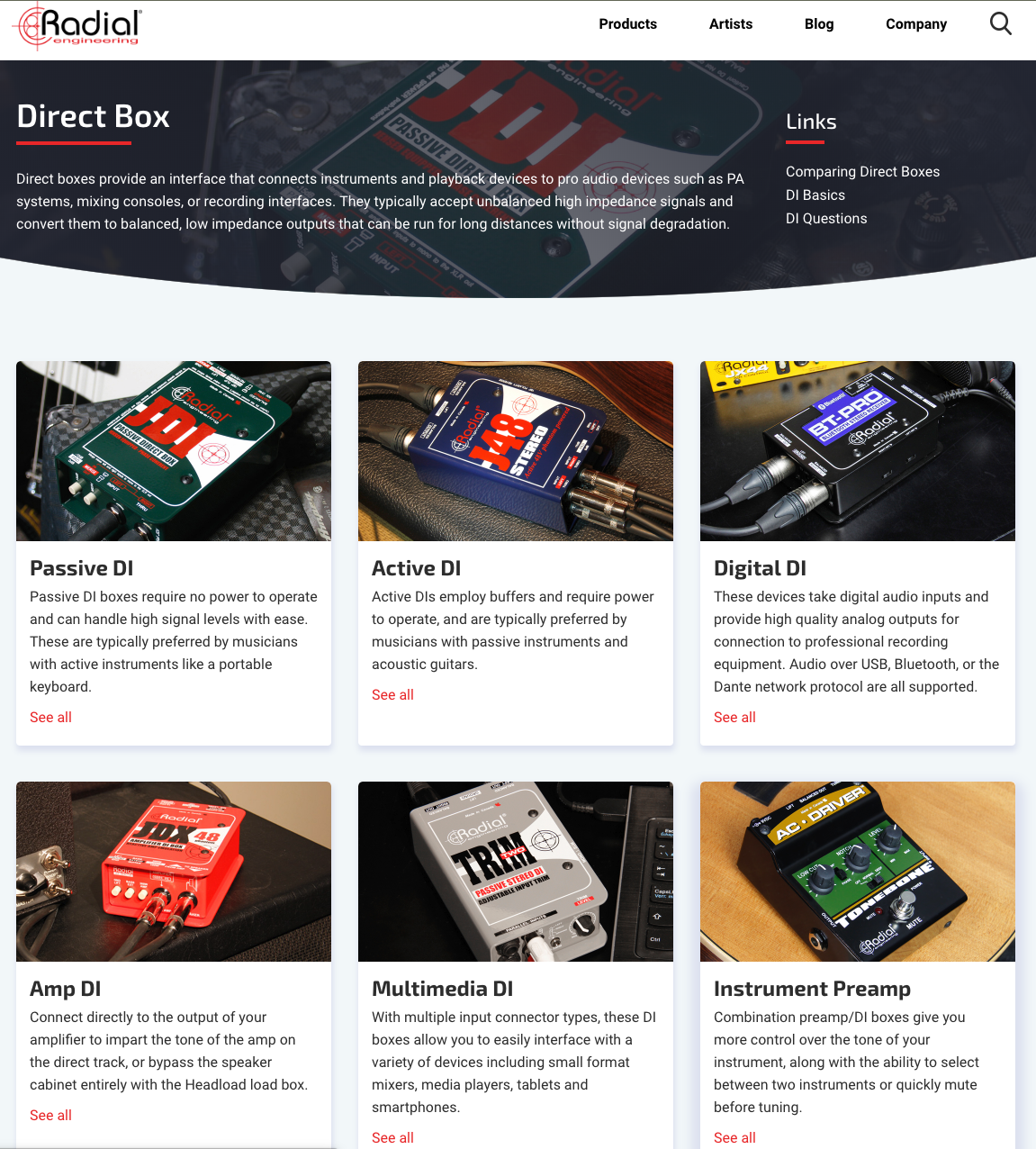
The Aha Moment: Create a catalog with a wide selection of product offerings.
At Radial, we came up with every iteration of a direct box or switcher that we could think of. If someone wanted to switch between two instruments using the same DI, we had the answer. By the time I exited the company, there were over 100 different SKUs (stock keeping units) providing solutions for acoustic guitars, USB-equipped laptops, high-output keyboards and even Bluetooth connectivity. I recall meeting with Sweetwater president Chuck Surack when he was considering taking on our line. He asked, Why so many boxes? I told Chuck that it was the selection that made it all work. We could say yes to any situation, and for Sweetwater, they could get all of their interconnect solutions from a single company. Chuck took a chance on us that paid off: In 2016, Radial was one of the only companies whose sales to Sweetwater outpaced their meteoritic growth.
Put it this way: With the advent of the internet, if you are looking to buy a purple microphone with a gold pop-filter, you can find it. It may be in the Czech Republic or Shenzhen, China, but it is out there. It is only a matter of searching for it. By presenting a wide array of solutions to your customers, you have a better chance of keeping them. I recall hearing that Solotech was able to lure the Justin Timberlake tour away from a competing sound company one year because it not only offered audio, but also staging, video and lights. This all-in-one solution made it easier for the tour manager because there was only one company to deal with. The same applies in the AV contracting world: If you speak with large-scale integrators, they are no longer selling a list of products; they are selling solutions that include service, upgrades and well-being.


